A study guide provides an overview of rabies, its pathophysiology, assessment findings, medical management, and nursing care management.
Rabies is a preventable viral disease commonly transferred through the bite of a rabid animal. Dogs are the principal source of human rabies mortality, contributing up to 99% of all rabies transmissions to humans. The rabies virus infects the central nervous system of mammals, eventually causing infection in the brain and death.
What is Rabies?
Rabies is a fatal but preventable viral disease that primarily affects the central nervous system (CNS).
- The word “rabies” comes from the Latin word meaning “to rage.”
- The fatal madness of rabies has been described throughout recorded history, and its association with rabid canines is well known.
- In the 19th century, Pasteur developed a vaccine that successfully prevented rabies after inoculation and launched a new era of hope in the management of this uniformly fatal disease.
- It can spread to people and pets if they are bitten or scratched by a rabid animal.
- If a person does not receive the appropriate medical care after a potential rabies exposure, the virus can cause disease in the brain, ultimately resulting in death.
Pathophysiology
Pathophysiology has been best characterized in canine rabies variants.
- An animal is bitten by a rabid animal.
- Rabies virus from the infected saliva enters the wound.
- Rabies virus travels through the nerves to the spinal cord and brain. This process can last approximately 3 to 12 weeks. The animal has no signs of illness during this time.
- When it reaches the brain, the virus multiplies rapidly and passes to the salivary glands. The animal begins to show signs of the disease.
- The infected animal usually dies within 7 days of becoming sick.
Etiology
Rabies is caused by a neurotropic virus of the family Rhabdoviridae, genus Lyssavirus, subgroup rabies virus.
- Transmission. The virus is commonly transmitted via saliva that contaminates bites, scratches, and wounds, and, recently, via mucosal exposure.
- Animals. Animal species that present the highest transmission risk to humans include canines (dogs, foxes, coyotes), cats, raccoons, and bats; in the case of bats, exposure may go unrecognized by a sleeping individual; thus, postexposure prophylaxis (PEP) is recommended whenever a bat is discovered in the room of a sleeping or incapacitated person.
Statistics and Incidences
Each year, rabies causes approximately 59,000 deaths worldwide.
- Dog rabies remains common in many countries and exposure to rabid dogs is still the cause of over 90% of human exposures to rabies and of 99% of human rabies deaths worldwide.
- The largest number of human deaths annually was recorded during the first half of the 20th century, with an average of 50 documented cases per year.
- Encounters with rabid animal vectors may be increased in males, who may have greater contact in certain geographic areas.; evidence to support this is found in data on dog bites, which are observed more frequently in males than in females.
- From 1960 to 2018, a total of 125 human rabies cases were reported in the United States, with roughly a quarter resulting from dog bites during international travel.
- Of the infections acquired in the United States, 70% were attributed to bats.
Clinical Manifestations
After a bite or other rabies exposure, the rabies virus has to travel through the body to the brain before it can cause symptoms; this time between the exposure and the appearance of symptoms is called the incubation period, and it may last for weeks to months.
- Flu-like symptoms. The first symptoms of rabies may be very similar to those of the flu including general weakness or discomfort, fever, or headache; these symptoms may last for days.
- Hydrophobia and aerophobia. Hydrophobia and aerophobia are pathognomonic for rabies and occur in 50% of patients; attempting to drink or having air blown in the face produces severe laryngeal or diaphragmatic spasms and a sensation of asphyxia; this may be related to a violent response of the airway irritant mechanisms; even the suggestion of drinking may induce hydrophobic spasm.
- Psychologic symptoms. As the disease progresses, the person may experience delirium, abnormal behavior, hallucinations, insomnia, anxiety, confusion, and agitation.
Assessment and Diagnostic Findings
In animals, rabies is diagnosed using the direct fluorescent antibody (DFA) test, which looks for the presence of rabies virus antigens in brain tissue. In humans, several tests are required.
- Direct fluorescent antibody test. The dFA test is based on the observation that animals infected by rabies virus have rabies virus proteins (antigen) present in their tissues; because rabies is present in nervous tissue (and not blood like many other viruses), the ideal tissue to test for rabies antigen is brain.
- Histologic examination. Histologic examination of biopsy or autopsy tissues is occasionally useful in diagnosing unsuspected cases of rabies that have not been tested by routine methods.
- Immunohistochemistry. IHC methods for rabies detection provide sensitive and specific means to detect rabies in formalin-fixed tissues; these methods are more sensitive than histologic staining methods, such as H&E and Sellers stains; like the dFA test, these procedures use specific antibodies to detect rabies virus inclusions.
- Electron microscopy. The ultrastructure of viruses can be examined by electron microscopy; using this method, the structural components of viruses and their inclusions can be observed in detail; rabies virus is in the family of Rhabdoviruses; when viewed with an electron microscope Rhabdoviruses are seen as bullet-shaped particles.
- Amplification methods. Mouse neuroblastoma cells (MNA) and baby hamster kidney (BHK) cells provide an excellent environment for amplification of rabies virus without the use of animals; another method for amplifying the nucleic acid portion of rabies virus uses biochemical methods.
Medical Management
Medical care of a patient with rabies may include:
- Inpatient care. Inpatient care of patients with rabies may be needed if wounds are extensive or are on the face and hands, if surgical repair or replacement of blood loss is required, or if infection occurs.
- Preexposure prophylaxis. Preexposure, active prophylaxis or immunization is recommended for veterinarians, veterinary students, persons who regularly explore or hike in caves, laboratory workers who are exposed to rabies virus or who handle specimens considered high risk for rabies, and persons who visit countries where rabies is a significant problem (ie, visits >30 d).
- Postexposure approach to an animal bite. As previously stated, washing and wound debridement at the time of a bite is essential, along with careful cleaning of the wound for longer than 10 minutes; generally, leave wounds to heal by secondary intention.
- Postexposure prophylaxis. Before the onset of rabies symptoms, optimal results require immediate, vigorous wound cleansing; passive immunization with immunoglobulin; and active immunization with rabies vaccine.
- Medical treatment after symptom onset. Intensive cardiopulmonary supportive care is the only treatment available for patients with symptomatic rabies.
Pharmacologic Management
Before the onset of rabies symptoms, passive and active immunizations are effective in preventing progression to full-blown rabies.
- Passive immunizing agents. Rabies immunoglobulin is recommended as part of the rabies postexposure regimen for persons not previously immunized against rabies.
- Rabies vaccines. These agents promote immunity by inducing an active immune response; two types of rabies vaccines have been produced: cell-cultured vaccines and nerve tissue vaccines.
Nursing Management
Nursing management of a patient with rabies include the following:
Nursing Assessment
Assessment of a patient with rabies include:
- History. Identify the following in any suspected case of rabies virus exposure: the nature of the interaction with the animal (recall that “provocation” is not an indication of rabies risk, since humans may not understand what is provocative to a wild animal.); strange animal behavior (eg, nocturnal animal out during the daytime); vaccination status of the animal for rabies; and availability of the animal for testing.
- Physical exam. With furious rabies, patients present with episodic delirium, psychosis, restlessness, thrashing, muscular fasciculations, seizures, and aphasia; autonomic instability is observed with furious rabies.
Nursing Diagnosis
Based on the assessment data, the major nursing diagnosis for a patient with rabies are:
- Ineffective breathing pattern related to asphyxia.
- Imbalanced Nutrition: less than body requirements related to decreased swallowing reflexes.
- Hyperthermia related to viremia.
- Anxiety of the family related to exposure to information.
- Risk for injury related to seizures and weakness.
- Risk for infection associated with open wounds.
Nursing Care Planning and Goals
The major nursing care plan goals for a patient with rabies include:
- Patient displays improvement in breathing pattern.
- Patient takes adequate amount of calories or nutrients.
- Patient maintains body temperature below 39° C (102.2° F).
- Patient identifies strategies to reduce anxiety.
- Patient remains free of injuries.
- Patient remains free of infection.
Nursing Interventions
Nursing interventions for a patient with rabies are:
- Improve breathing pattern. Place patient with proper body alignment for maximum breathing pattern; maintain a clear airway by encouraging patient to mobilize own secretions with successful coughing; suction secretions, as necessary; and encourage frequent rest periods and teach patient to pace activity.
- Improve nutritional intake. Provide a pleasant environment; promote proper positioning; provide good oral hygiene and dentition; consider six small nutrient-dense meals instead of three larger meals daily to lessen the feeling of fullness; for patients with impaired swallowing, coordinate with a speech therapist for evaluation and instruction; determine time of day when the patient’s appetite is at peak and offer highest calorie meal at that time.
- Maintain normal body temperature. Adjust and monitor environmental factors like room temperature and bed linens as indicated; eliminate excess clothing and covers; and give antipyretic medications as prescribed.
- Reduce anxiety. Use presence, touch (with permission), verbalization, and demeanor to remind patients that they are not alone and to encourage expression or clarification of needs, concerns, unknowns, and questions; interact with patient in a peaceful manner; accept patient’s defenses; do not dare, argue, or debate; converse using a simple language and brief statements; and explain all activities, procedures, and issues that involve the patient; use nonmedical terms and calm, slow speech.
- Prevent injury. Avoid use of restraints; obtain a physician’s order if restraints are needed; if patient has a new onset of confusion (delirium), render reality orientation when interacting with him or her; ask family or significant others to be with the patient to prevent him or her from accidentally falling; eliminate or drop all possible hazards in the room such as razors, medications, and matches; and place an injury-prone patient in a room that is near the nurses’ station.
- Prevent infection. Maintain or teach asepsis for dressing changes and wound care; wash hands and teach patient and SO to wash hands before contact with patients and between procedures with the patient; teach the patient, family, and caregivers, the purpose and proper technique for maintaining isolation; and if infection occurs, teach the patient to take antibiotics as prescribed.
Evaluation
Goals are met for a patient with rabies as evidenced by:
- Patient displayed improvement in breathing pattern.
- Patient was able to take adequate amount of calories or nutrients.
- Patient maintained body temperature below 39° C (102.2° F).
- Patient identified strategies to reduce anxiety.
- Patient remained free of injuries.
- Patient remained free of infection.
Documentation Guidelines
Documentation in a patient with rabies include:
- Individual findings, including factors affecting, interactions, nature of social exchanges, specifics of individual behavior.
- Cultural and religious beliefs, and expectations.
- Plan of care.
- Teaching plan.
- Responses to interventions, teaching, and actions performed.
- Attainment or progress toward the desired outcome.
Summary
Here are some of the most important points about rabies:
- Rabies is a viral disease that affects the central nervous system (CNS).
- It can spread to people and pets if they are bitten or scratched by a rabid animal.
- The virus is commonly transmitted via saliva that contaminates bites, scratches, and wounds, and, recently, via mucosal exposure.
- Each year, rabies causes approximately 59,000 deaths worldwide.
- The first symptoms of rabies may be very similar to those of the flu including general weakness or discomfort, fever, or headache; these symptoms may last for days.
- Hydrophobia and aerophobia are pathognomonic for rabies and occur in 50% of patients.
- In animals, rabies is diagnosed using the direct fluorescent antibody (DFA) test, which looks for the presence of rabies virus antigens in brain tissue.
- Washing and wound debridement at the time of a bite is essential, along with careful cleaning of the wound for longer than 10 minutes.
- Intensive cardiopulmonary supportive care is the only treatment available for patients with symptomatic rabies.
- Rabies immunoglobulin is recommended as part of the rabies postexposure regimen for persons not previously immunized against rabies.
References
Recommended resources and reading for rabies:
- Gompf, S.G., MD, FACP, FIDSA (2019, June 21). Rabies. Retrieved from https://emedicine.medscape.com/article/220967-overview
- Centers for Disease Control and Prevention (2019, Sept 17). Rabies. Retrieved from https://www.cdc.gov/rabies/index.html
- Willis, L. (2019). Professional guide to diseases. Lippincott Williams & Wilkins. [Link]
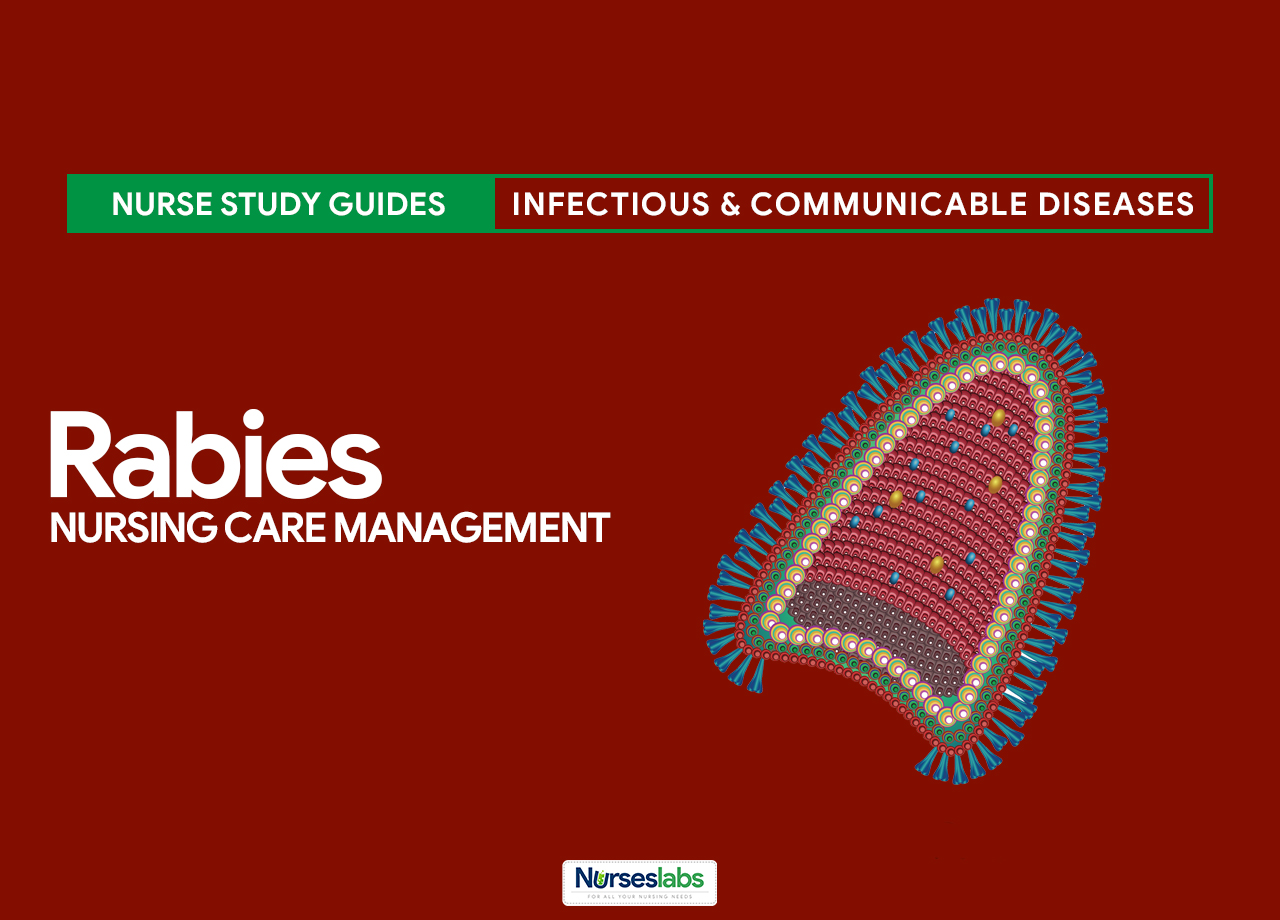
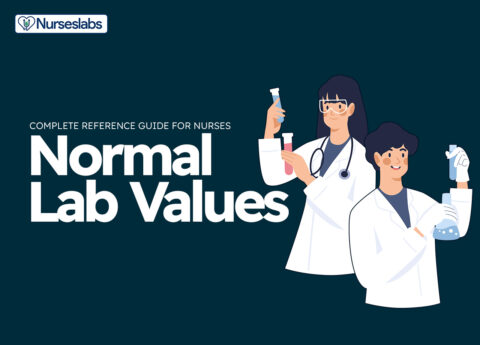




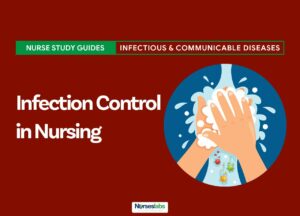

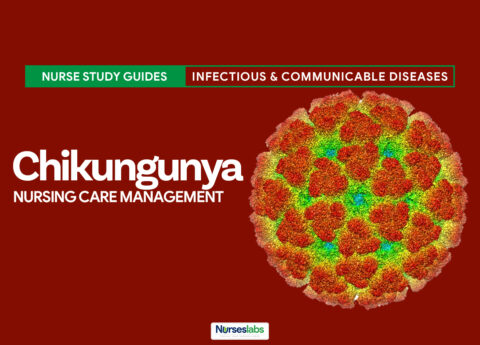
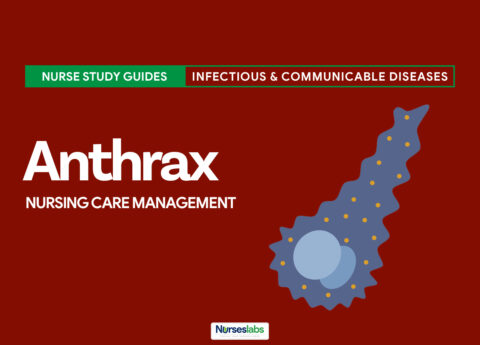
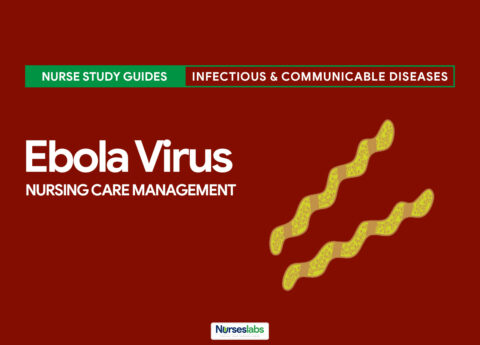
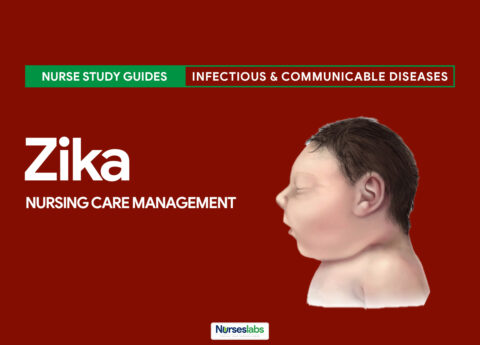
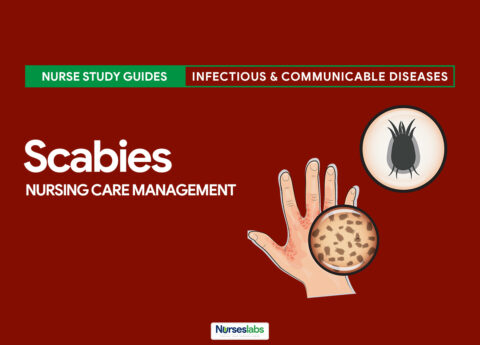


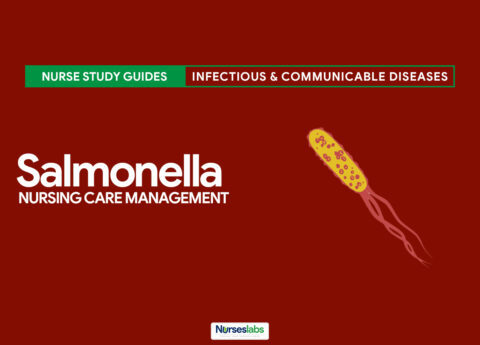




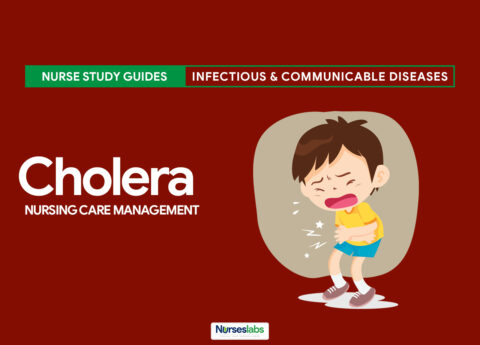
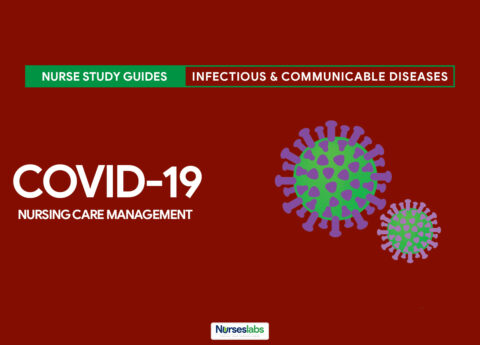

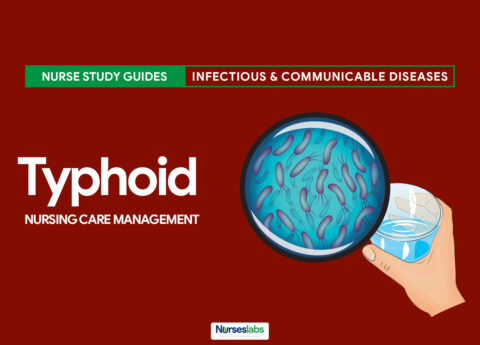
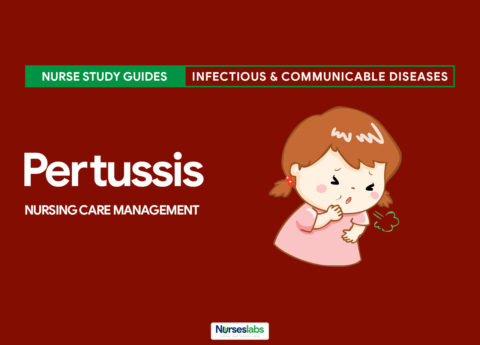








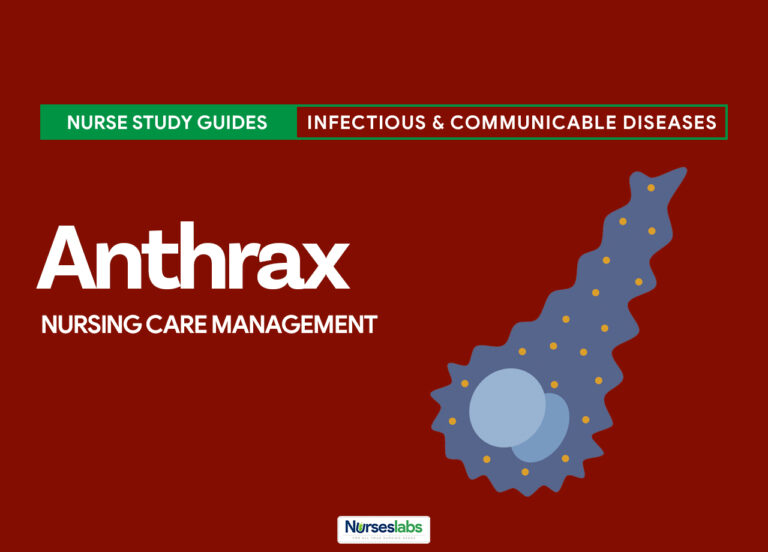
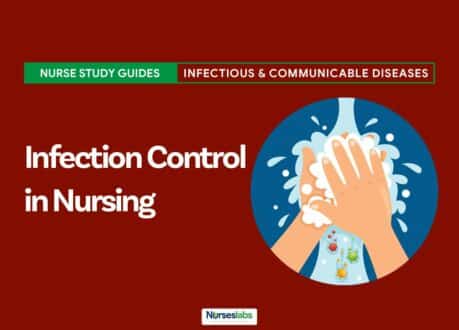


Leave a Comment